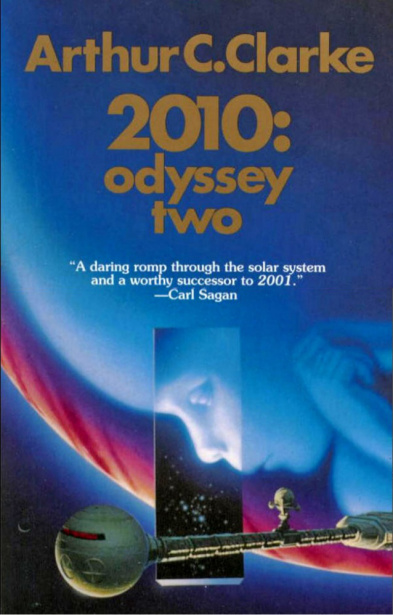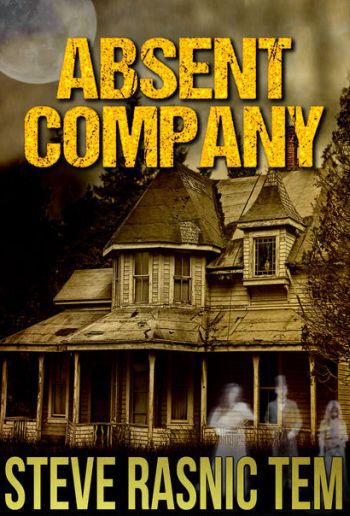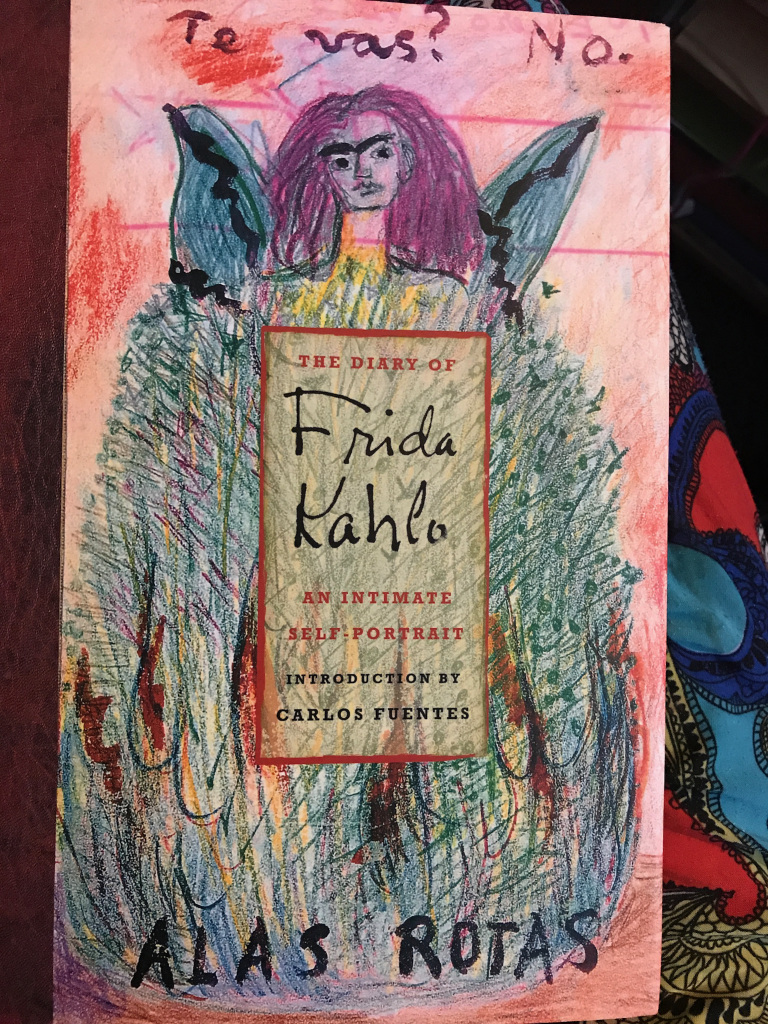Once again I delve into the realms of science fiction! After my first David Foster Wallace experience I wanted a lighter read and in one of my quick visits to my favorite used bookstore I found 2010: Odyssey Two by Arthur C. Clarke for just two euros in a pretty okay-ish condition and made it my next reading choice.
According to the third page of the book this was a “Gift from Isabel, Alberto and Fernando. October 83 (Second procedure)”. The name of the recipient is nowhere to be seen but I do hope that the procedure went well and that, if by some reason I bought a dead man’s gift, it is not because the scheduled procedure went badly but because he died of old age. One way or another, this paperback has been rescued from book limbo and is now a proud addition to my library where other works fathered by Arthur C. Clarke like 2001: A Space Odyssey, Childhood’s End, Rendezvous with Ramma and Reach for Tomorrow also rest – this last one was my first taste of Clarke and it was also purchased from the same used bookstore -.
I think it is difficult to write about 2010: Odyssey Two without mentioning one way or another 2001: A Space Odyssey. Stanley Kubrick’s film is an iconic work of art that plagues the viewer with question after question and never really gives a straight answer. In fact, one of the reasons why Kubrick insisted on releasing the film before the novel could have been out of fear that the novel would skew the viewing experience. However, after reading the novel (that is 2001), I think it is fair to say that it only enriches the questions but is equally ambiguous about the answers. Even the quote from the back of the book says “When 2001: A Space Odyssey first shocked, amazed and delighted millions in the late 1960s, the novel was quickly recognized as a classic. Since then, its fame has grown steadily among the multitudes who have read the novel or seen the film based on it. Yet, along with almost universal acclaim, a host of questions has grown more insistent through the years”.
For many years after the release in 1968 of 2001: A Space Odyssey, Arthur C. Clarke claimed that there couldn’t be a sequel to the novel; it is only by reading the author’s note and the acknowledgements that one sees how ideas starting popping up and how it all came to fruition and was published fourteen years later in 1982.
 Carl Sagan’s name is as close as you are going to get to a seal of quality
Carl Sagan’s name is as close as you are going to get to a seal of quality
Reading 2010: Odyssey Two it is clear that the author felt very confident about the story and where he wanted to go with it. The book is divided in seven parts. The first three: Leonov, Tsien and Discovery deal with the race between Russia and the US, aboard the Leonov ship, (name taken from General Alexei Leonov, the first man to take a walk in space and author of the post image – that is also addressed in the novel -) and China, aboard the Tsien ship, towards the Discovery; left there by David Bowman before going inside the monolith “full of stars” and slowly falling down towards Jupiter (that is the ship not Bowman). In these sections we also get to meet the crew of the Leonov and also our main protagonist Heywood Floyd, who was involved with the original launch of the Discovery.
To Clarke’s credit, he manages to create amazing scenarios but also very relatable characters. However, during the first four sections of the novel I was sorely missing the Kubrick influence and felt that he was settling for a fairly straightforward story. The back and forth between the two led to some pretty wild and big ideas being thrown around (both in the novel and the film) and yet I kept feeling that, although well told, the scope of 2010 was smaller. Only when I reached the section titled A Child of the Stars did I really feel like the story picked up the pace thanks to the return of David Bowman and the increasing presence of HAL 9000 (by far my favorite character in this novel). Random Trivia: I also love the fact that Clarke addresses the HAL and IBM myth in the novel.
By the end of the book, Arthur C. Clarke did something that was extremely hard to pull off: he created an answer to the mystery of the monolith that made the fourteen year gap worth the wait. The story ends with a world-changing event (wink wink) in a way that only a great science fiction writer could conjure up, building on the first novel but also moving it in a direction where Kubrick’s shadow is no longer present and feels one hundred percent Clarke (very much in the vibe of Childhood’s End).
I haven’t watched the film nor do I intend to, but if 2061: Odyssey Three comes my way I’m very interested in where the story might go. For now, I’ve been sated of my science fiction craving.
Next on my reading list I’ve been given someone’s favorite book to review and required to give an “honest review” to which I added “I’ll give a brutally honest review”. So watch out S. Until then, thanks for reading. I finished 2010: Odyssey Two the 14th of January 2018.
Author’s note: I know there is a nineteen day delay when I publish this, but I can’t skip the proverbial: Happy 2018! Another year ahead full of interesting books to read and hopefully lots of writing! This is the first time in my life that I haven’t taken any vacation days during Christmas due to exceptional situation in my workplace and unfortunately this has led to a bit of a reading (and writing) slump in the past month and a half but I intended to remedy the situation.
Advertisements Share this:





